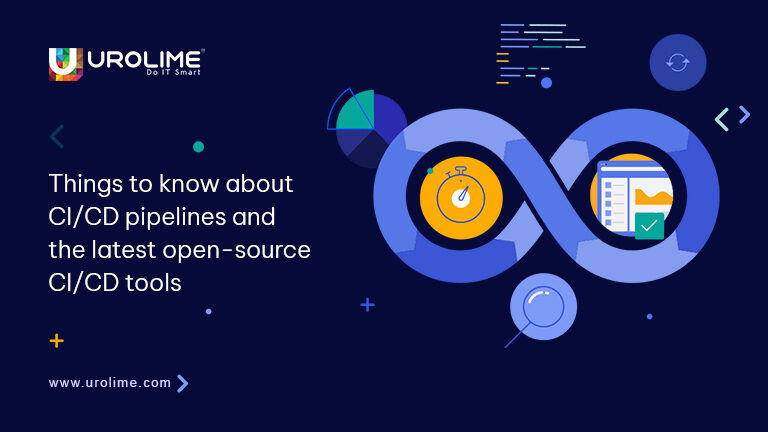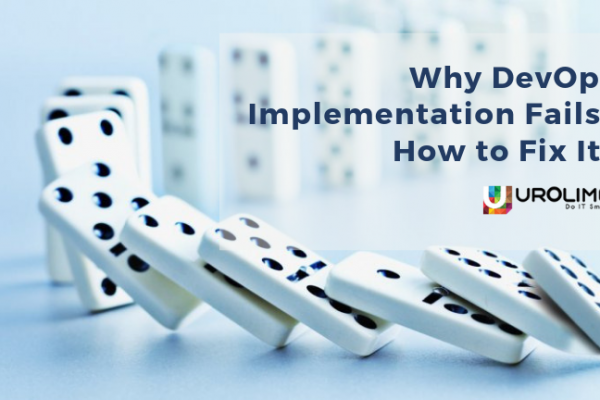In software development, we all have come across the words; continuous integration, continuous delivery. In DevOps, these are all part of the software development pipeline. If you are a DevOps engineer or system professional, it is important to differentiate these concepts for successful DevOps adoption. As part of the agile transformation, many IT companies are trying to enable DevOps strategies such as continuous integration and continuous delivery using the latest CI/CD tools. The ultimate aim is to bring more business value while making the software delivery efficient with the help of these open-source CI/CD pipelines.
Why it matters
Before elucidating CI/CD in DevOps, the reason to embrace continuous delivery and integration is the speed for the software delivery. Continuous delivery and continuous deployment are not the same things but a subtle difference lies in the last phase of the DevOps approach. Agility and less market time are guaranteed in DevOps with the help of continuous approaches.
The meaning of continuous approaches: CI/CD
The essence of a continuous CI/CD pipeline is constant automation and testing. The DevOps engineer, system administrator and tester work together to ensure the code repository is rightly proposed to use.
Continuous Integration
CI is the most used abbreviation in software development. It stands for continuous integration. DevOps consulting companies and DevOps engineers alike use continuous integration. It is all about creating and using a code in a remote depository once declared by the developer. The new code undergoes automated tests on the server and then it is shared with other developers or testers. So, the developer can add the new code without losing old functionalities. The software gets frequent improvement because of the newly devised code. The automated tests ensure the code is reliable and error-free. Continuous integration pipeline consistently checks and monitors the quality of the code according to defined metrics. To put it in simple words, continuous integration is considered to be a requirement of continuous delivery.
Continuous delivery
Continuous delivery is all about bringing the final software or the application after acceptance tests in an isolated environment. Here, the software is always available in a continuous deployable state. The built code in the continuous integration is tested, configured and accepted in the continuous delivery pipeline. So, before handing over to the end-user, the problems can be resolved quickly using incremental iterations. Here, the validation of the built-in code takes place for human authorization.
On the other hand, continuous deployment ensures there is no flaw or vulnerability through testing. It follows the same phases of continuous delivery while saving time for software deployment and validation.
CI/CD open-source tools
Effective CI/CD tools play an important role and there is no right or wrong CI/CD pipeline. The tools vary according to the project and the scope of the project. The goal is to accelerate the delivery and the quality of software.
- Agro CD
Better known as the Kubernetes controller tool. Agro CD is an auditable and automated management tool for Kubernetes. Though in the infancy stage, it is useful as it can monitor and resync the clusters according to the GitOps continuous delivery. It has got a great community to support and the updates can be found online.
- Circle CI
Circle CI is one of the prominent CI/CD tools available that can be used anywhere in the cloud or on-premise platform. It is an effective CI/CD tool as it helps in resource configuration, job orchestration and so on.
- GitHub Actions
GitHub Actions is a CI/CD tool used for achieving great automated flow in DevOps. The hosted environment can be accessed free for up to 2000 minutes per month.
- GoCD
Using the GoCD tool, you can manage intricate releases in the development pipeline. Here, code is used to define the infrastructure and can be used to handle multiple projects.
- Helm
Kubernetes orchestrated applications find the Helm CI/CD tool very useful as it helps in the management and installation of Kubernetes applications. Quick and easy deployment is possible with Helm.
Summary
DevOps strategy is incomplete without continuous integration, delivery and deployment. The definition of DevOps is a topic of debate as the above three fundamentals of DevOps methodology. CI/CD accelerates automation reducing the gap between the development and operational team. Many leading deployment tool providers like Puppet consider CI/CD to be almost the same. The goal of integrating all these into DevOps is to bring more business value with software delivery in less time.
![]()






